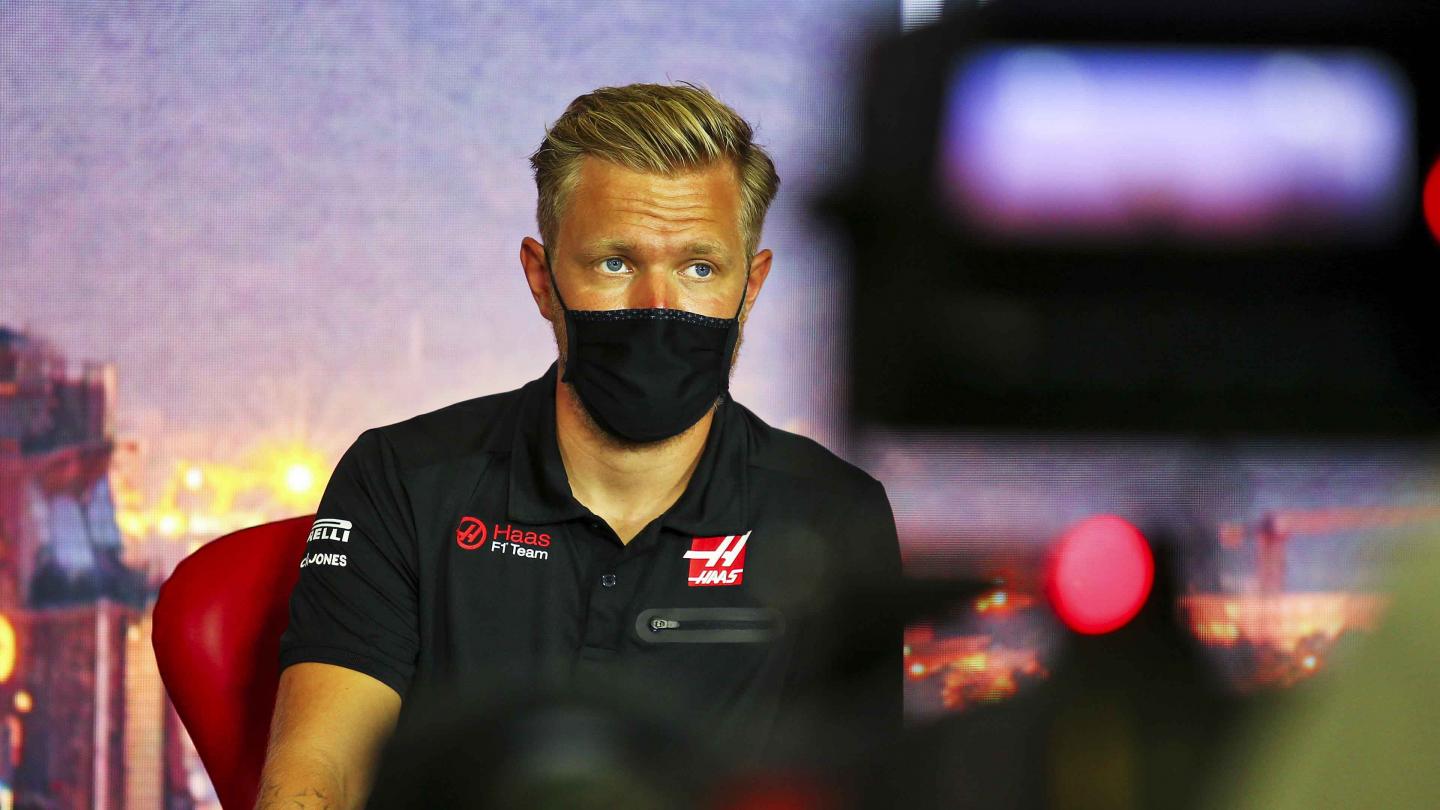Belgian Grand Prix: Kevin Magnussen Q&A
August 26, 2020
Kevin looks ahead to this weekend's Belgian Grand Prix at the iconic Spa-Francorchamps circuit.
What was your first experience of racing a car at Circuit de Spa-Francorchamps and how did you get on?
“I think it was a Formula Renault 2.0 Northern Eurocup race back in 2009 – I scored a couple of podiums and a fastest race lap.”
Describe the feeling of wheeling a Formula One car around Spa-Francorchamps for the first time, picking up speed and testing the limits of the circuit. What stood out most on your debut there in a Formula One car?
“My first Formula One race there back in 2014, I was most looking forward to Eau Rouge. Back then we’d just got these new hybrid cars, it was the first year of this era, and the cars didn’t really have that much downforce. Eau Rouge was actually a bit of a challenge back then, which was pretty cool. Usually, with these cars – and not that it doesn’t feel good anymore, it’s just less of a challenge in the bigger downforce cars. It’s not such a technical part, but nonetheless, it’s a mega part of the track. I think, and I could be wrong, that we could use DRS back then. You had to switch it off, then on again at the top. Nonetheless, it was a much bigger challenge back then. It’s always a great experience racing around Spa in Formula One, it’s really one of those legendary tracks.”
Your 2016 Belgian Grand Prix proved memorable unfortunately for your high impact lap six crash at the exit of Raidillon. As a race car driver do you simply put an incident like that behind you or does it enter your thoughts at all the next time you take to that particular circuit? How do you reboot and attack the track?
“The 2016 race, well, unfortunately I just remember it for that crash. I lost the rear at the top of Raidillon and hit the wall on the outside – resulting in a massive crash. I put it behind me pretty easily, nothing really happened physically aside from a few bruises. I was fine the weekend after when we raced at Monza. It wasn’t really a big deal. A big crash but all was well afterwards.”
After six races in seven weeks, and with a third Formula One triple-header starting in Belgium – how demanding, both physically and mentally, is this new-look 2020 calendar on you as a driver with so few opportunities for downtime?
“Honestly, for me as a driver, I don’t feel like it’s a massive thing. Of course, it’s busy and we’re away a lot right now, and with all these triple-headers we don’t really get to see our families, but we were all together for a few months during the lockdown. I missed racing, I missed Formula One hugely, so I’ve enjoyed being back like this with the intensity of all these races together. It’s been good to be driving again and getting into racing. I feel worse for the mechanics as they work really, really long hours during the weekends. They then have to work on the cars between races as well. The engineers also work really hard. As drivers we have less to do. Yes, there’s a lot of meetings and analyzing data, but we don’t go to work every day. We show up at the weekends having had some meetings during the week. It’s not as intense as it is for the rest of the team. We’re very lucky in that sense, but of course, we then take the risks on track and all the rest, but I do feel worse for the team with this schedule.”